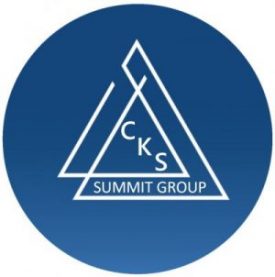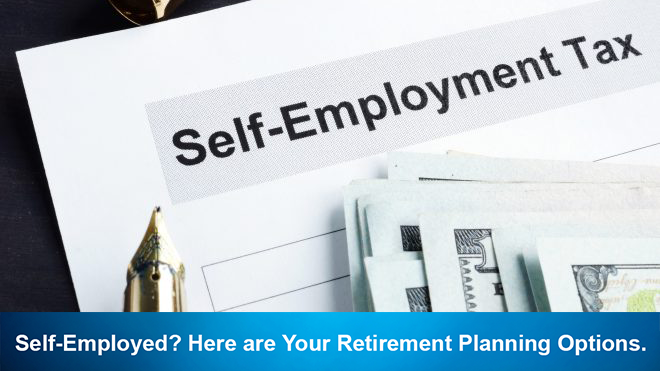Retirement saving strategies when you’re self-employed can get overwhelming, but it doesn’t have to be. Here’s how to set up a retirement plan suited to your specific needs and goals when you’re one’s own boss.
You’ve achieved success in starting your own business which brings a slew of advantages like independence, control and of course financial rewards. But it also brings it’s disadvantages; like paying taxes and planning for retirement. Because you are in charge of creating a satisfying quality of life post-retirement, the earlier you start, the better.
Entrepreneurs have several options to save for retirement, some of which qualify for tax benefits:

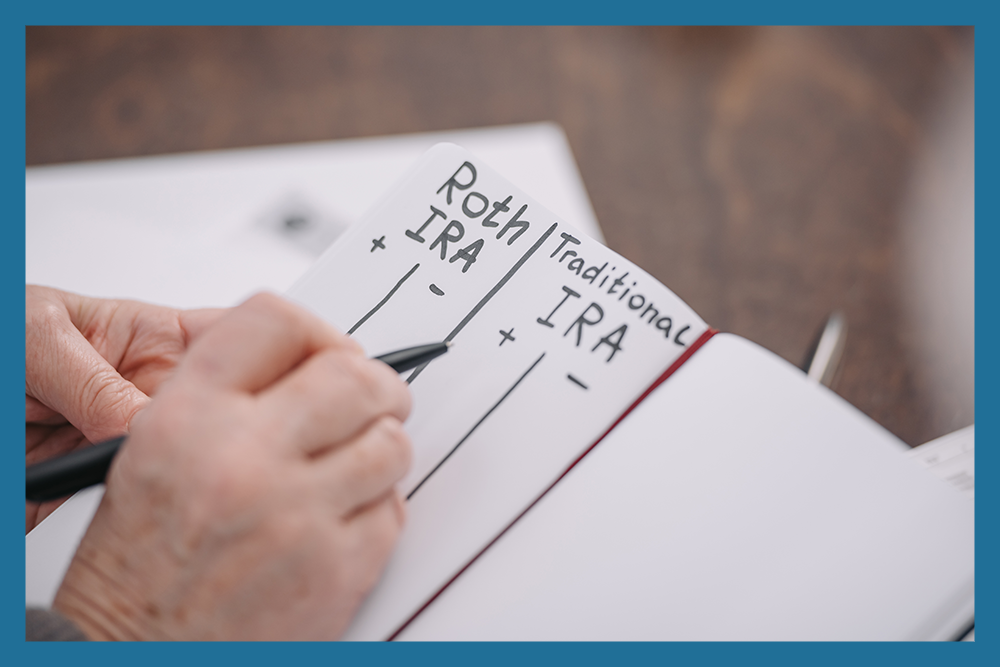
An IRA is probably the easiest way for self-employed people to start saving for retirement. Because there aren’t any specific filing specifications, you can use this option whether or not you have employees. What’s more, Individual retirement accounts have low contribution limits, but deposits qualify you for tax perks.
Features you need to know include:
- IRA contribution limit: $6,000 in 2020 and 2021 ($7,000 if age 50 or older).
- Tax advantage: Tax deduction on contributions to a traditional IRA; no immediate deduction for Roth IRA, but withdrawals in retirement are tax-free.
- Employee element: None. These are individual plans. If you have employees, they can set up and contribute to their own IRAs.
- How to get started: You can open an IRA at an online brokerage in a few minutes.
Notes: IRA contributions aren’t due until your tax filing deadline in April, so you can plug in a contribution while preparing your taxes to see exactly how much your tax bill will decline.

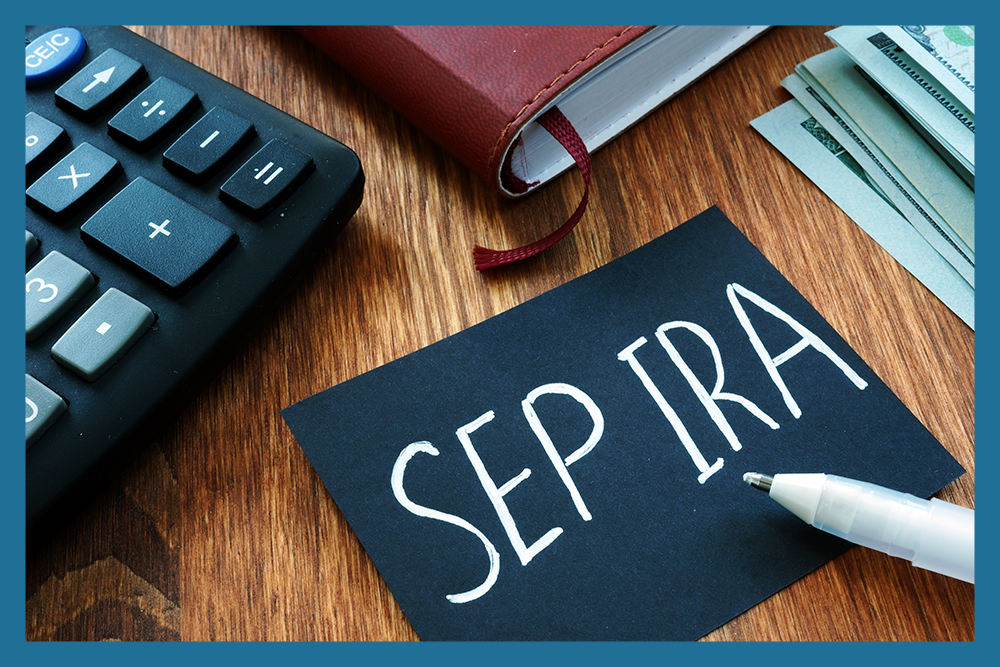
Allows an employer, typically a small business or self-employed individual, to make retirement plan contributions into a traditional IRA established in the employee’s name.
Key features you need to know include:
- Contribution limit: Simplified Employee Pensions (or SEP IRAs) allow self-employed individuals to contribute as much as 25% of your net earnings from self-employment (not including contributions for yourself), up to $58,000 for 2021 ($58,000 for 2021 and $57,000 for 2020).
- Tax Advantage: You can deduct the lesser of your contributions or 25% of net self-employment earnings or compensation — limited to that $285,000 cap per employee in 2020 — on your tax return. There is no Roth version of a SEP IRA.
- Employee Element: Employers must contribute an equal percentage of salary for each eligible employee, and you are counted as an employee.
Notes: With a bit more paperwork, you can open a SEP IRA just as you would a traditional or Roth IRA.

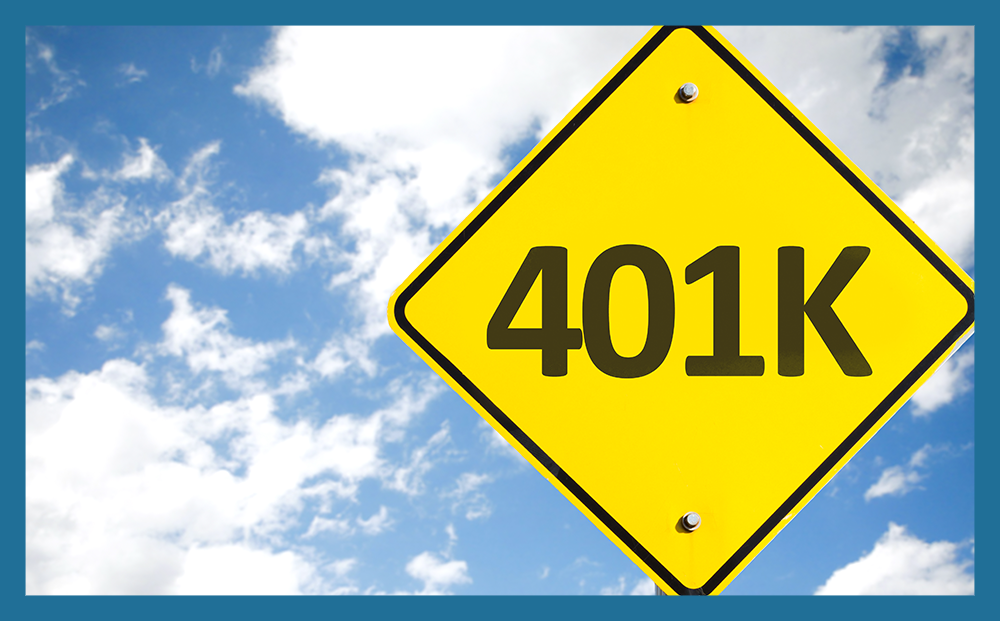
A solo 401(k) is a single-participant 401(k) plan that covers a business owner with no employees and his or her spouse. The total solo 401(k) contribution limit is up to $19,500 in 2020, or $26,000 if you are age 50 or older, that you deposit in a solo 401(k).
Features you need to know include:
- Contribution Limit: Up to $57,000 in 2020 (plus a $6,000 catch-up contribution for those 50 or older) or 100% of earned income, whichever is less.
- Tax Advantage: Just like a standard, employer-offered 401(k): You make contributions pre-tax, and distributions after age 59½ are taxed.
- Employee Element: You can’t contribute to a solo 401(k) if you have employees. But you can hire your spouse so he or she can also contribute to the plan.
Notes: This plan, which the IRS calls a “one-participant 401(k),” is particularly attractive for those who can and want to save a great deal of money for retirement or those who want to save a lot in some years — say, when business is flush — and less in others.

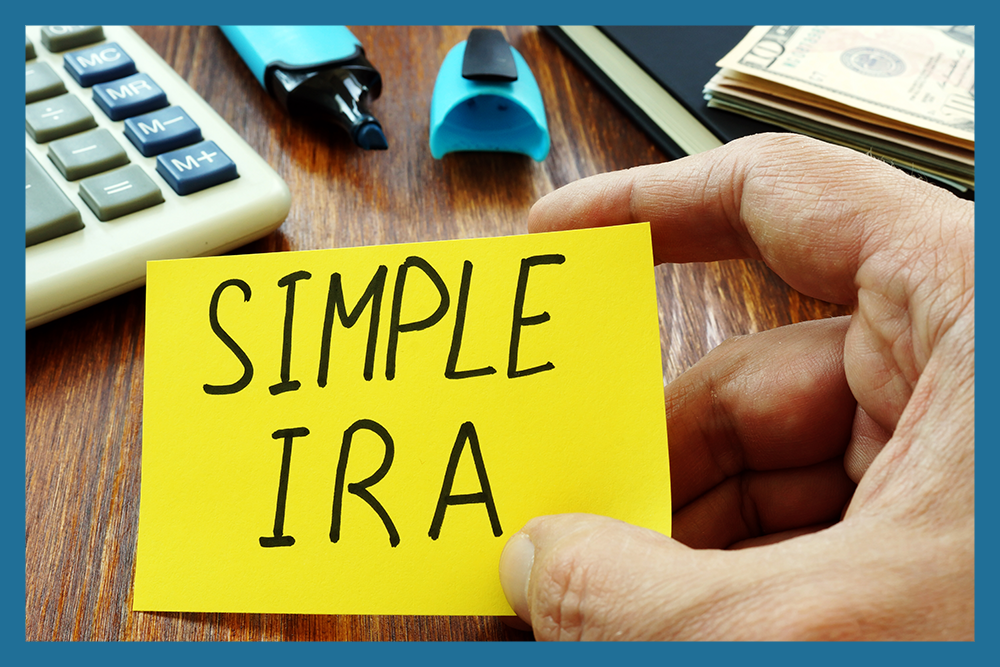
A.K.A. a savings incentive match plan for employees. A SIMPLE IRA is designed specifically for small businesses and self-employed individuals. It was designed for firms with no more than 100 employees.
Features of a Simple IRA include:
- Contribution Limit: Up to $13,500 in 2020 or $13,000 for 2019 (plus catch-up contribution of $3,000 if 50 or older). If you also contribute to an employer plan, the total of all contributions can’t exceed $19,500.
- Tax Advantage: Contributions are deductible, but distributions in retirement are taxed. Contributions made to employee accounts are deductible as a business expense.
- Employee Element: Unlike the SEP IRA, the contribution burden isn’t solely on you: Employees can contribute through salary deferral. But employers are generally required to make either matching contributions to employee accounts of up to 3% of employee compensation, or fixed contributions of 2% to every eligible employee.
Notes: The process is similar to a SEP IRA in that you can open a SIMPLE at an online broker, with a heavier paperwork load than your standard IRA. Also, note that early withdrawal penalties are particularly heavy here: 25% within the first two years of the plan.

Creating a retirement strategy is vitally important when you are a freelancer because there’s no one looking out for your retirement but you.
Ultimately, you will need to do some research on your current/potential income as an entrepreneur, and then talk to one of our a retirement income advisors about which retirement savings option will allow you to save the most.
The experts at CKS Summit Group offer options to help you set up the retirement plan that best fits your situation. Click here to set up your complimentary strategy session, or give us a call today on 586-286-5820.
